Although the country can vary drastically in the type of weather it receives, nothing has been more downright confusing than the news report from the past week.
From flash floods to snowstorms to heatwaves and tropical storms, each corner of the country has felt the brunt of its own unpredictable weather patterns. As the kids return to school and the cooler months roll in, residents hope for more temperate weather.
Midwest Heatwave
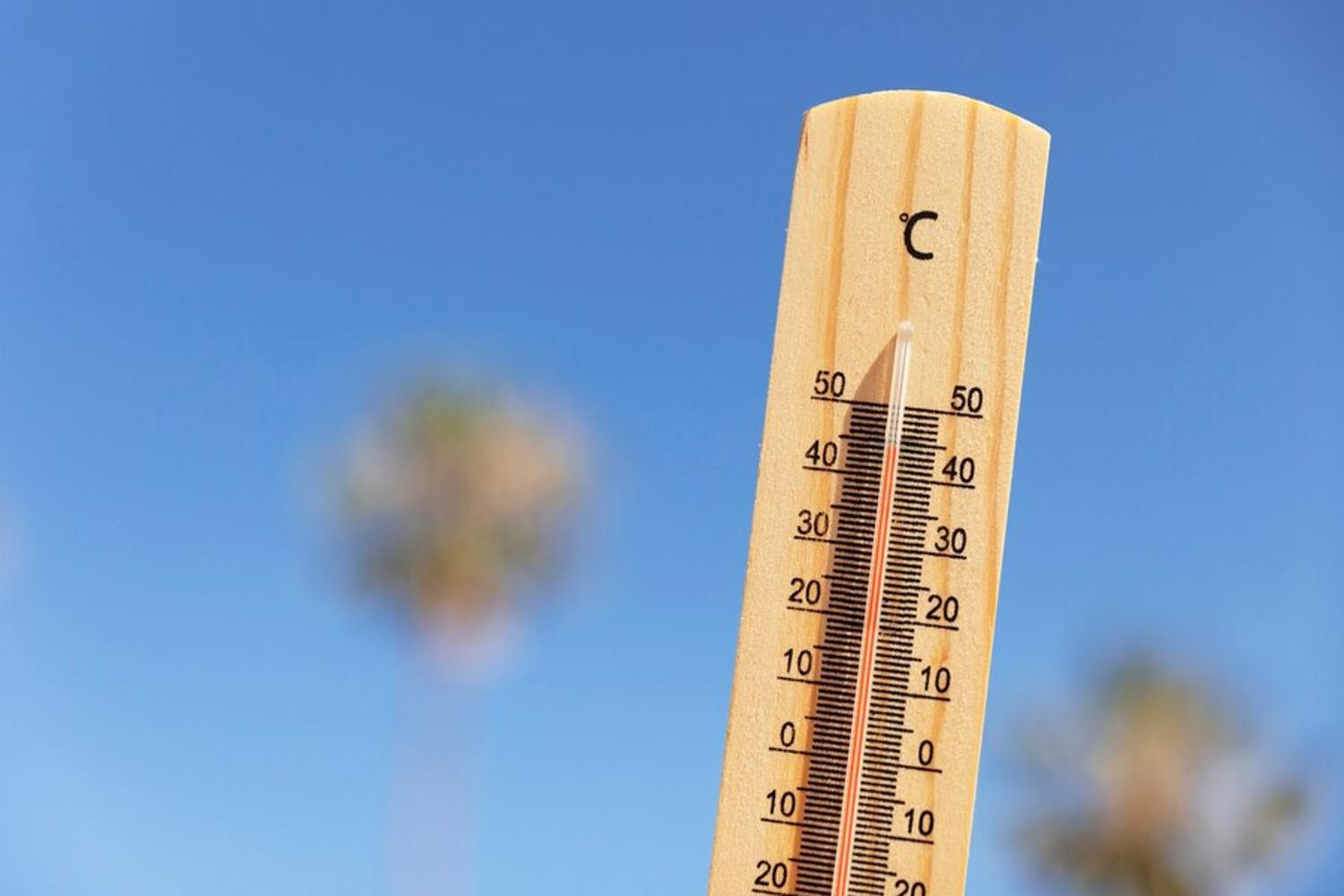
A super charged heat wave moved across Midwest states leaving 300,000 people without power and more needing government assistance to get access to food and water.
The Chicago O’Hare airport recorded temperatures at roughly 99 degrees Fahrenheit on Tuesday. However, the National Weather Service says that the “real-feel” heat index is closer to 115F. Although schools just let back in, the Detroit public schools were forced to close as only 30% of the buildings in the district have access to air conditioning.
Thunderstorms in Chicago

At the same time, O’Hare was reporting record-breaking temperatures, thunderstorms, and heavy winds moving in, causing dozens of flights to ground.
A tornado warning was issued for Bay County in Michigan, causing school buses to reroute and interrupting the school day.
Drama at the Minnesota State Fair
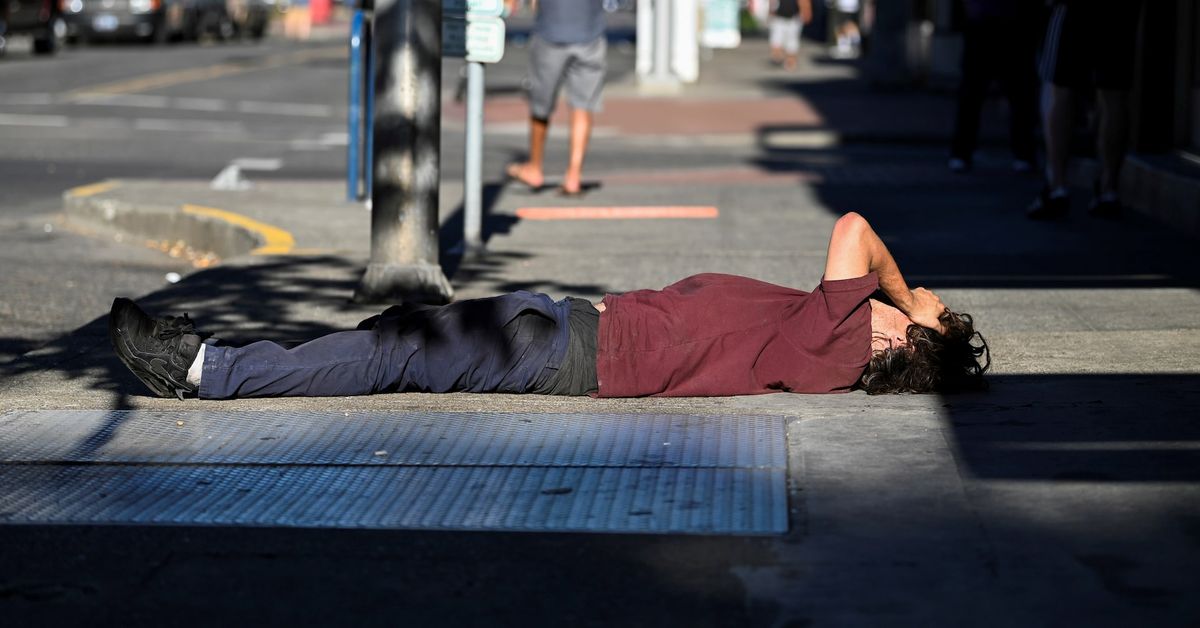
During the heatwave across the Midwest, an emergency doctor treating Minnesota State Fair-goers for heat stroke and heat-related illnesses said firefighters were called in to cut the rings off two people’s swollen fingers on Monday.
The hot weather, combined with the humidity, made the area feel like it was well over 100 degrees and caused many people to suffer.
More School Closures

Freepik
Due to the outrageous temperatures, schools across the Midwest were let out early and were also forced to cancel sports practices and outdoor after-school activities.
The National Weather Service issued several heat warnings and advisories across Minnesota, Iowa, South Dakota, Illinois, Kansas, Missouri, Nebraska, Wisconsin, and Oklahoma.
Snowstorms in the West
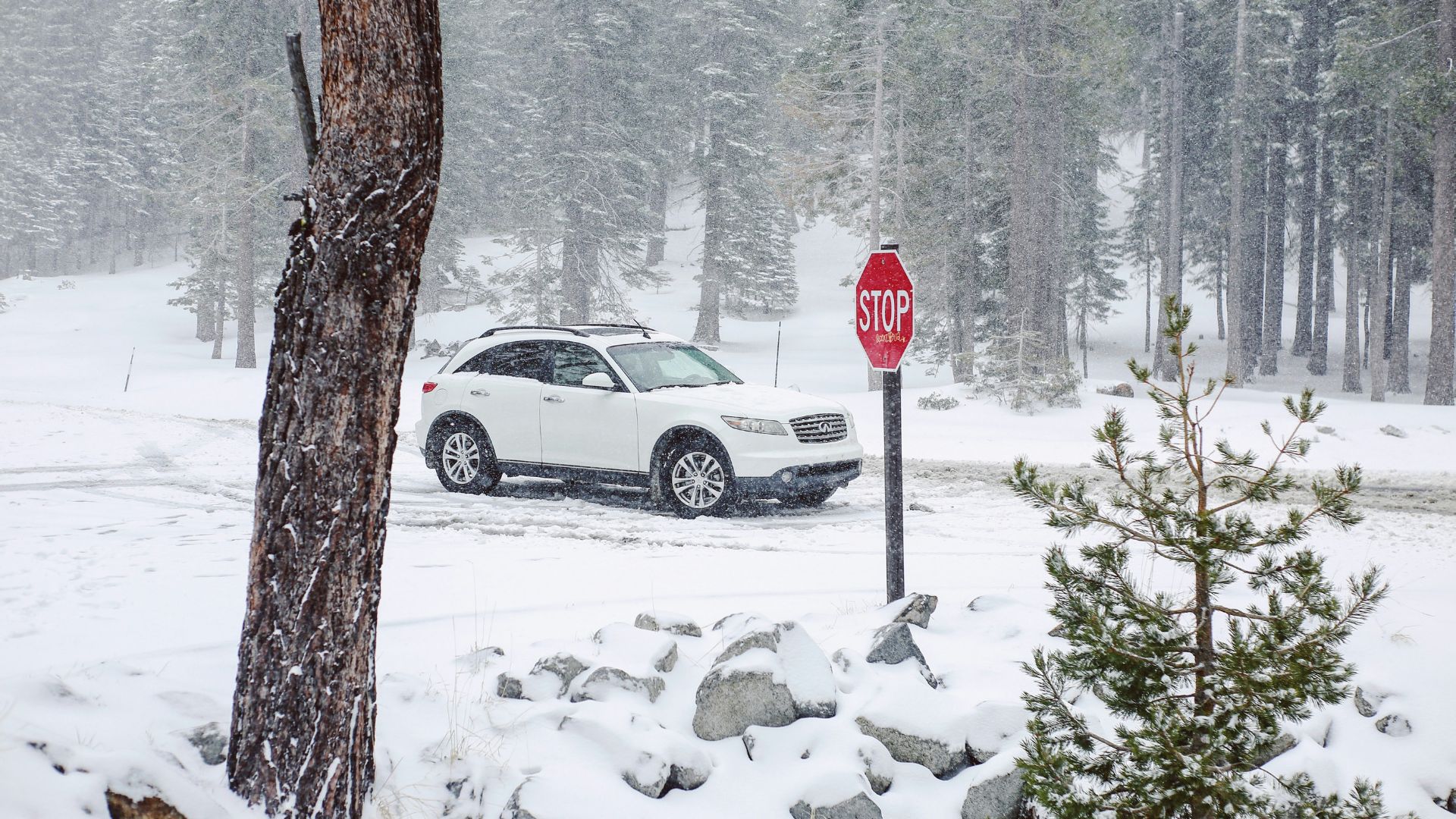
While the Midwest experienced the hottest temperatures of the year, the mountains on the West Coast experienced an unusually cold snow storm.
A weather system dropped out of the Gulf of Alaska through the Pacific Northwest and into California. Mount Rainier, which sits just southeast of Seattle, saw a dusting of snow.
Northern California

Mount Shasta, a volcano in the Cascade Range in northern California, was also blanketed with white snow after the storm clouds passed.
The mountain’s Helen Lake received half a foot of snow.
Tropical Storms in Hawaii
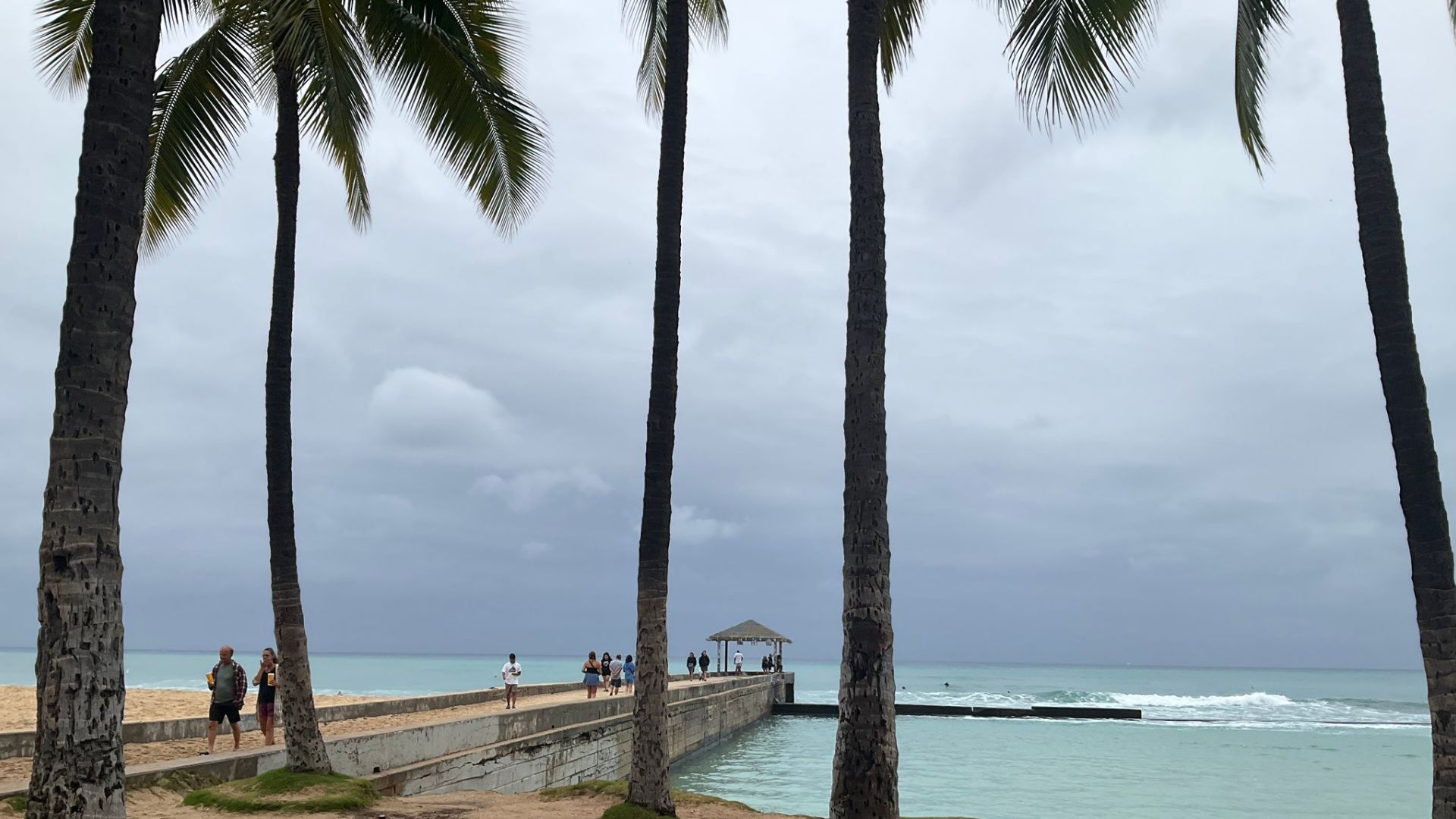
All along the pacific coast, the weather seems to be wreaking havoc on the last week of summer vacation for many kids.
Three tropical cyclones swirled above the Pacific Ocean on Tuesday. Tropical Storm Hone brought heavy rain to several Hawaiian islands. Hurricane Gilmda and Tropical Storm Hector were also working in the region and moved down to the southern tip of the Baja California peninsula in Mexico.
Destruction on the Big Island

Tropical Storm Hone (pronounced HOE-neh) brought massive destruction to the Big Island of Hawaii.
William Ahue, a forecaster at the Central Pacific Hurricane Center in Honolulu, reported no major injuries or damage. However, the storm caused heavy rainfall and several flash floods, resulting in road closures across the island.
Deadly Landslides in Alaska
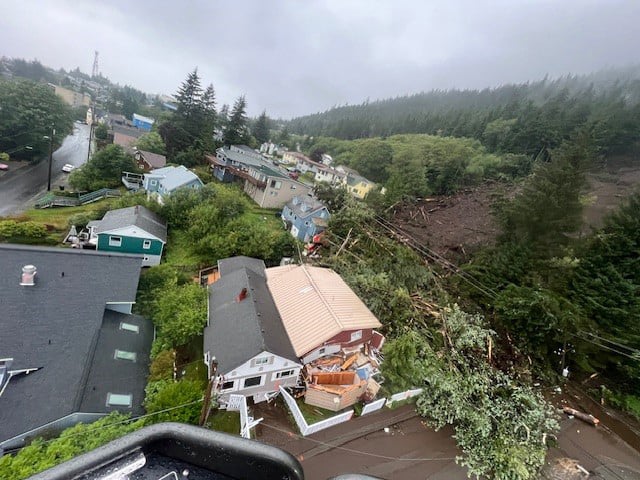
Across the state of Alaska, heavy rain and melt water from glaciers caused death and destruction. In the small town of Ketchikan, mudslides resulted in one death and three serious injuries.
The landslides prompted immediate evacuation of nearby homes in the city. Residents were forced to sleep inside a local high school as a make-shift shelter while Governor Dunleavy called a state of emergency.
Flash Floods in The Grand Canyon
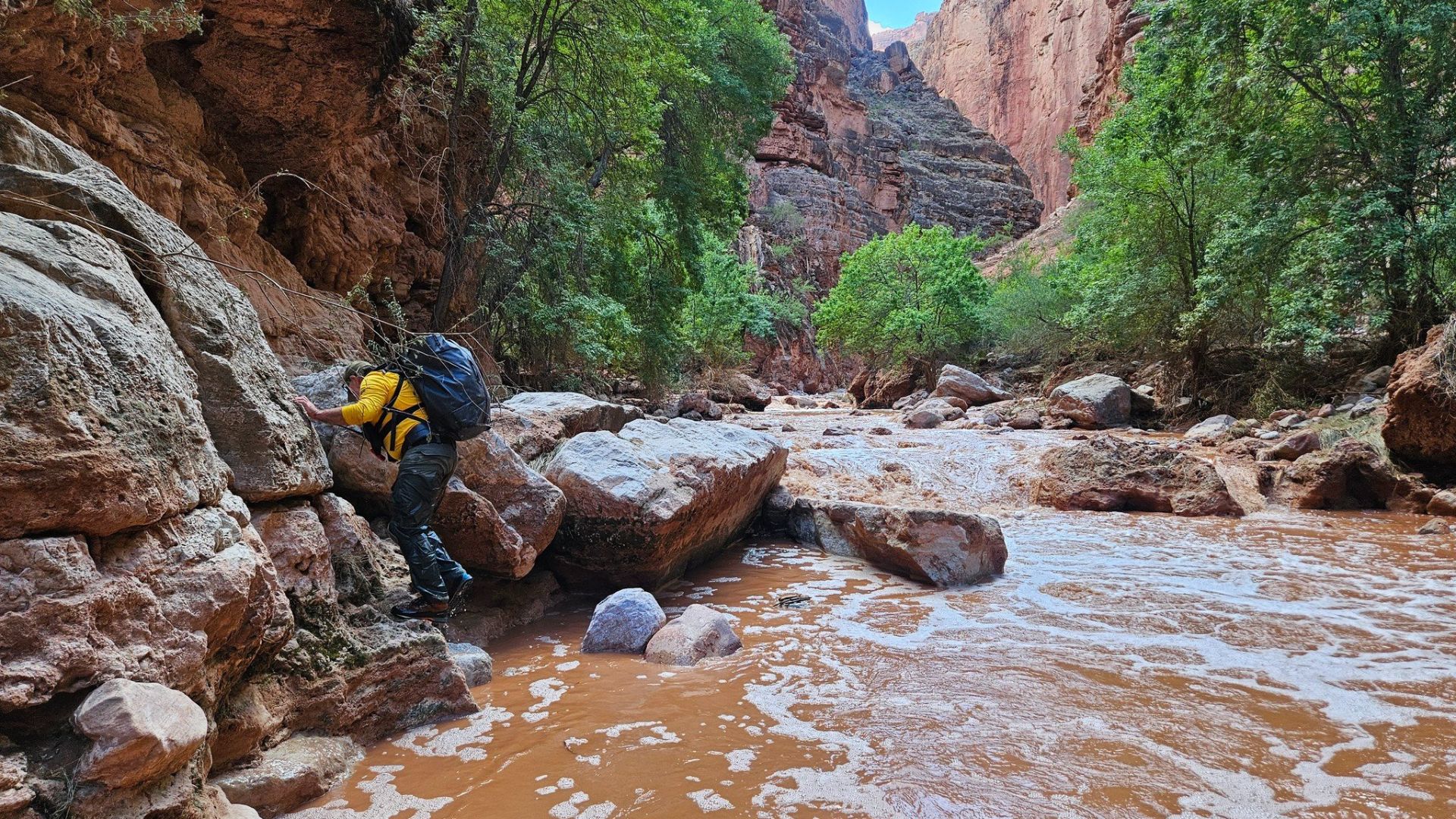
The Grand Canyon National Park also saw flash floods throughout the week. Unfortunately, one woman went missing in the storm.
Her body was later discovered by a group rafting down the Colorado River. Chenoa Nickerson, 33, was hiking through Havasu Creek, about a half-mile from where it meets the Colorado River, when a flash flood struck and tossed her from her footing. Her husband was one of 100 people safely evacuated from the area.
Devastating Effects of the Flood
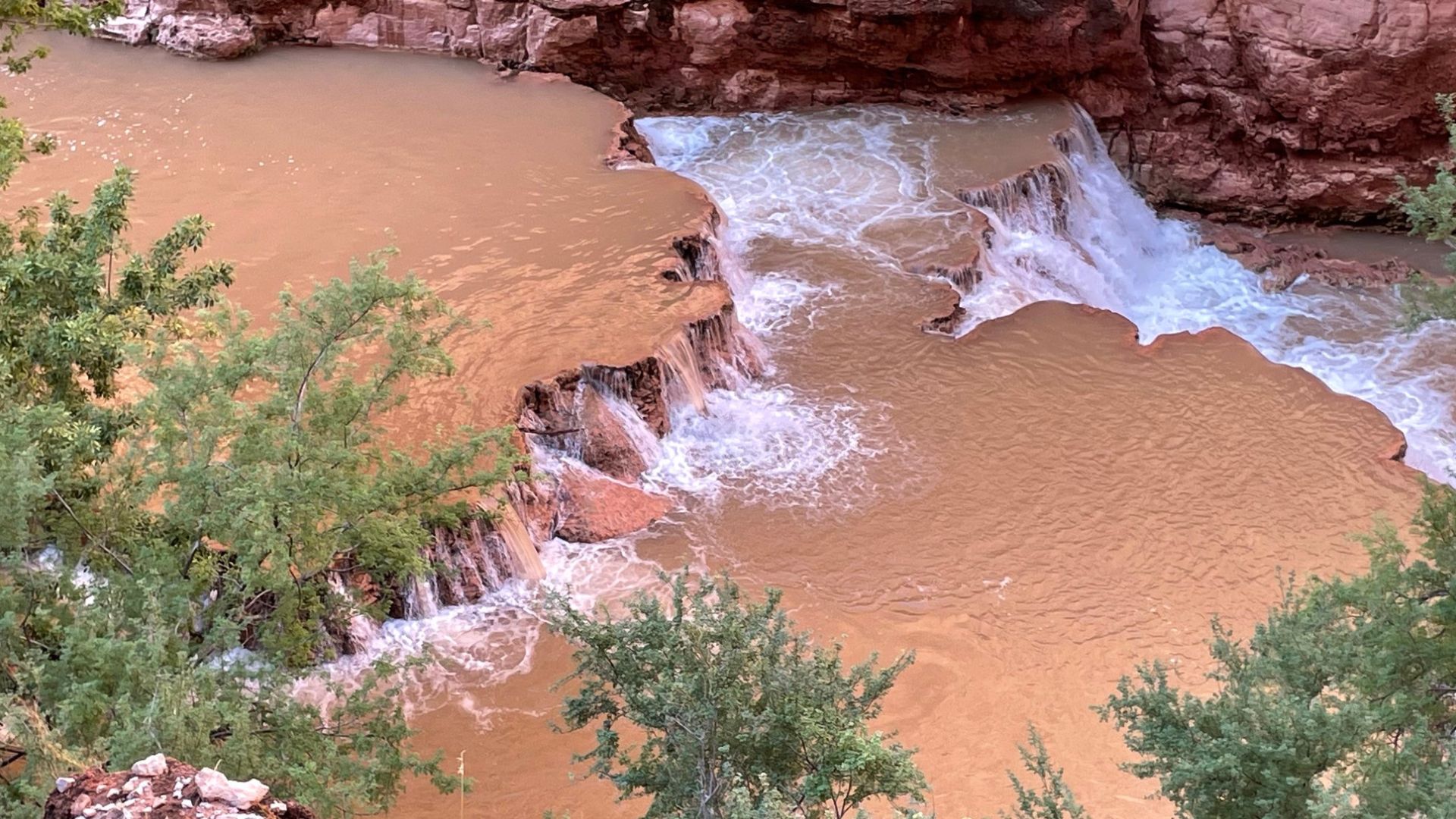
Unfortunately, the area above and below Beaver Falls, which draws excitement from tourists because of the stunning blue-green water, is known to flood.
Events like these are hard to predict as light rain can turn deadly quickly without warning. It’s best to always keep up with weather warnings in the area to determine if going out for that hike is safe.








































